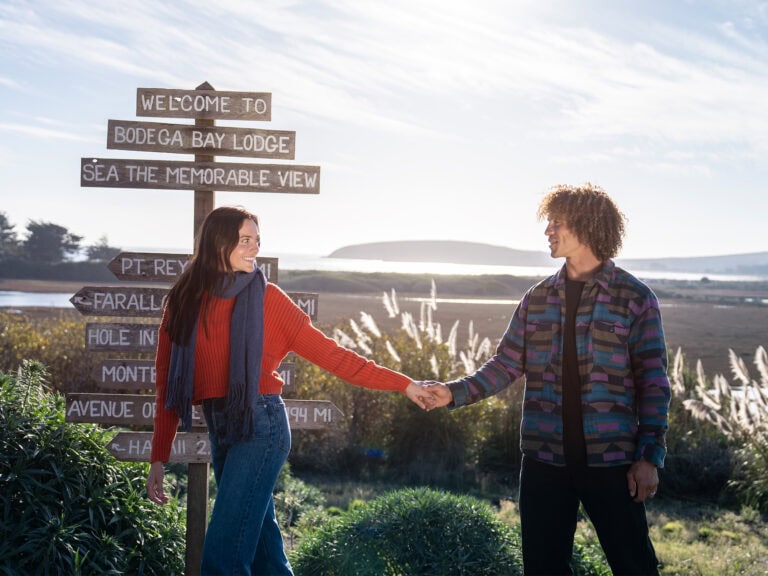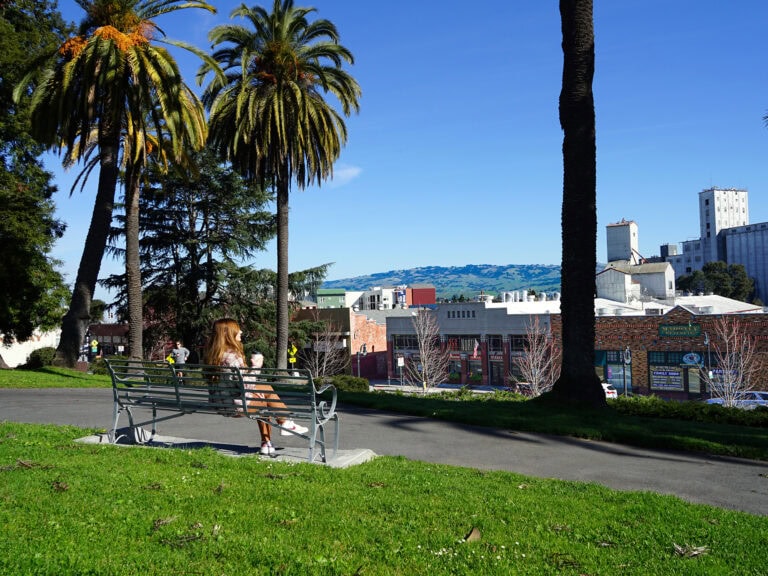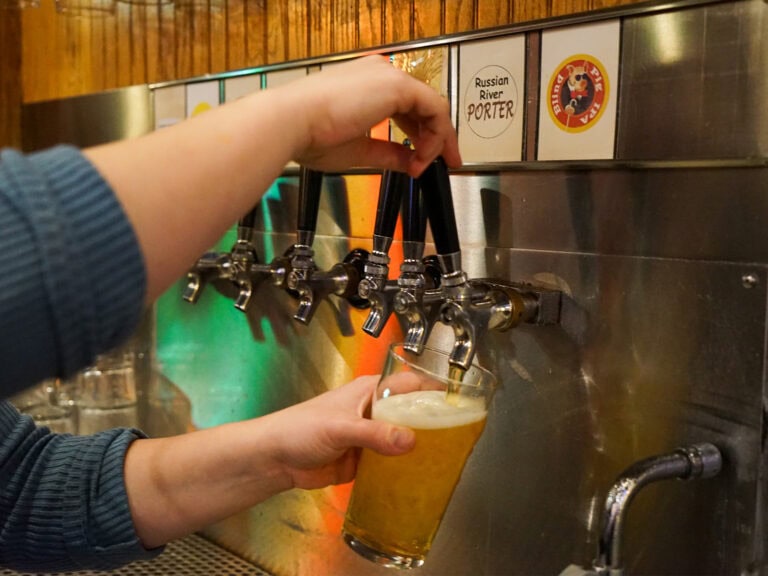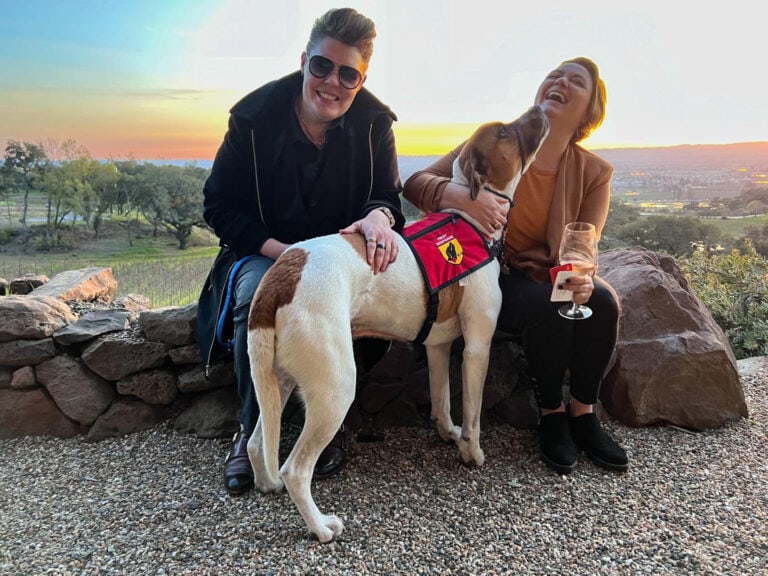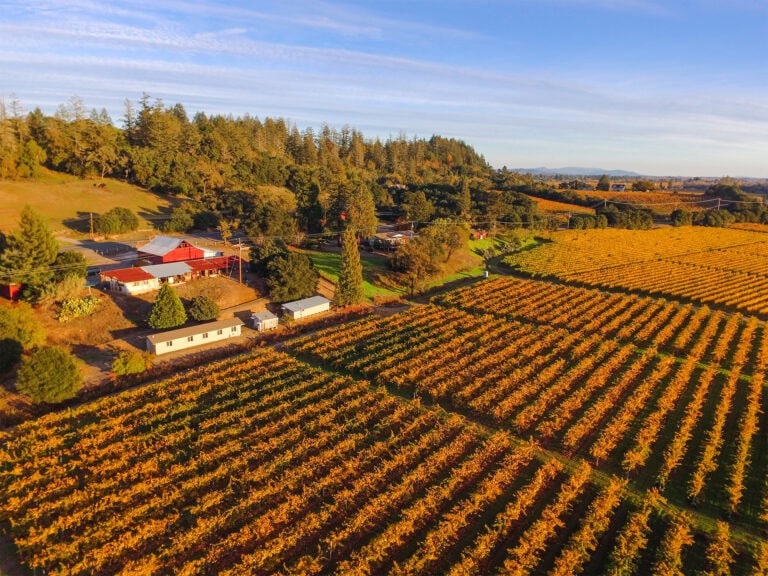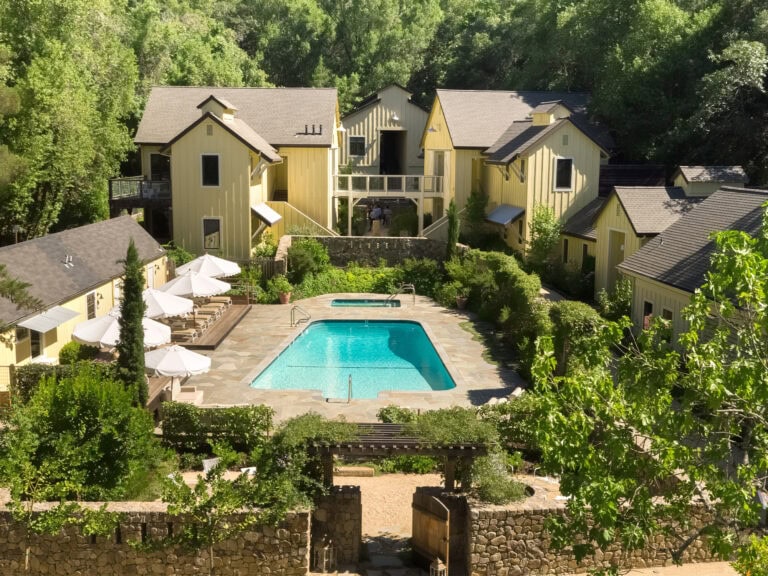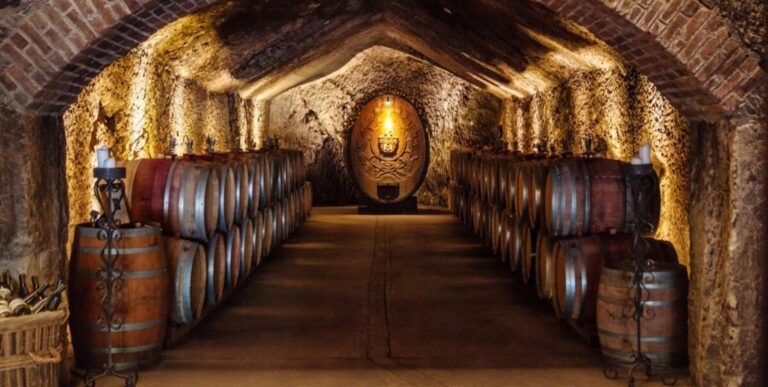Ghost Wineries in Sonoma Wine Country
The term “ghost wineries” may conjure images of restless spirits wandering winery corridors, but it doesn’t refer to haunted vineyard estates. Rather, it describes the handful of California wineries founded in the 19th century that were laid to rest in the wake of a series of challenges in the early 20th century until, years later, they were resurrected by new winemakers.
These historic winery estates offer locals and visitors alike an opportunity to go in search of lost time, while sipping some fine wine, of course. But before we explore the ghost wineries of Sonoma County, let’s begin with some history.
At the end of the 19th century, California’s budding wine industry was rapidly expanding. The Gold Rush had drawn an influx of people to Northern California in search of the good life, among them pioneering winemakers from Europe, who imported cuttings from Old World vineyards.
But the early 20th century delivered twin blows to the region’s wineries. First came the San Francisco earthquake and fire of 1906, which destroyed warehouses full of inventory, and then World War I and its economic challenges.
The passing of the Volstead Act in 1919, banning all manufacturing, sales and consumption of alcoholic beverages, devastated California wineries. Before Prohibition, there were 700 wineries in the state. By the time it was rescinded in 1933, only 40 remained.
During the Great Depression of the 1930s, abandoned winery estates fell into disrepair. Some were revived by new owners during later, more favorable times. The resilient few still thrive today.
These long-lived estates, having stood the test of time, are the ghost wineries of California. They’re reminders of the trials faced and the successes achieved by local winemakers and the European immigrants who set the stage for the Wine Country known around the world today. Here are a few to visit.
Buena Vista Winery

Founded in 1857 by Hungarian immigrant Agoston Haraszthy, Buena Vista is the second-oldest winery in California and is often referred to as the oldest premium winery in the state. (The oldest winery in California is D’Agostini Winery, founded in 1856.)
Haraszthy immigrated from Europe in 1840. Following in the footsteps of the forty-niners, he found the perfect terroir for “purple gold” and, as the self-proclaimed Count of Buena Vista, he established a reputation as an experimental vintner, a shrewd businessman and a flamboyant evangelist. He died as he had lived — dramatically — in an alligator-infested river in the jungles of Nicaragua in 1869.
During the Long Depression of 1873-77, the Buena Vista Vinicultural Society, now operating the winery, was forced to liquidate its assets and file for bankruptcy. Phylloxera, an insect pest of grapevines, destroyed the vineyards just before World War I.
Then came Prohibition. In 1941, United Press news executive Frank Bartholomew bought 435 acres of Buena Vista land, replanted some of the original vineyards and restored Haraszthy’s historic winery.
The legend of Haraszthy and his winery is now recreated by Buena Vista owner Jean-Charles Boisset, a modern-day version of the eccentric count. The best way to get a taste of the winery’s history (and some wine) is to reserve the Barrel Tasting & Winery Tour ($50), which takes visitors on a stroll through the winery grounds and into the Champagne Cellar for a taste of current-release wines. The tour continues into the wine caves where guests can sample wine from the barrel.
Be warned, this ghost winery is among those said to be haunted, so don’t be surprised if you see the old count sipping some wine.
18000 Old Winery Road, Sonoma
Gundlach Bundschu Winery

The Bundschu family has farmed their Sonoma Valley vineyard estate for 165 years, making Gundlach Bundschu the oldest “continuously family-owned winery” in California.
The winery was founded by Bavarian-born Jacob Gundlach, who bought 400 acres of land in Sonoma in 1858, named the property Rhinefarm and planted 60,000 vines. Ten years later, Charles Bundschu, from Mannheim, Germany, joined the company and, in 1875, became part of the family when he married Gundlach’s daughter Francisca.
When Jacob Gundlach died in 1894, Bundschu took over the reins of the family business. The winery held its first vintage festival two years later, celebrating harvest with “song, poems and prose.” (The tradition continues to this day with the annual Huichica festival, featuring live music performances, food and wine.)
The 1906 earthquake and fire destroyed the winery’s production facilities, 1 million gallons of wine and three family homes. Charles Bundschu, never fully recovering from the shock of the disaster, died four years later, at 68, from an illness contracted during the fire. His sons, Carl and Walter, assumed control of the family business.
After a brief period of renewed success — including 19 awards in the international wine competition at the 1915 Panama Pacific International Exhibition in San Francisco — Gundlach Bundschu Winery faced another challenge. Prohibition forced the family to close the winery and liquidate the company, with just the family Rhinefarm property remaining.
The family pivoted by selling grapes, including to local winemakers following the end of Prohibition. They didn’t resume wine production until the 1970s, under the leadership of Walter’s grandson, Jim. Jim’s son, Jeff Bundschu, was appointed president of Gundlach Bundschu in 2001. Katie Bundschu, Jim’s daughter, joined the family business on a full-time basis in 2012 and now serves as vice president for marketing and sales.
Visitors to Gundlach Bundschu, or Gun Bun for short, can choose from a variety of experiences, such as a vineyard and cave tour ($75), which includes “legendary stories” about the Bundschu family and their historic winery, or a tour of the property aboard a Swiss army transport vehicle, or Pinzgauer ($105), with stops and tastings along the route.
2000 Denmark St., Sonoma
By Shana Bull
THIS IS WINE COUNTRY.
Share your experience using #SonomaCounty or #LifeOpensUp





